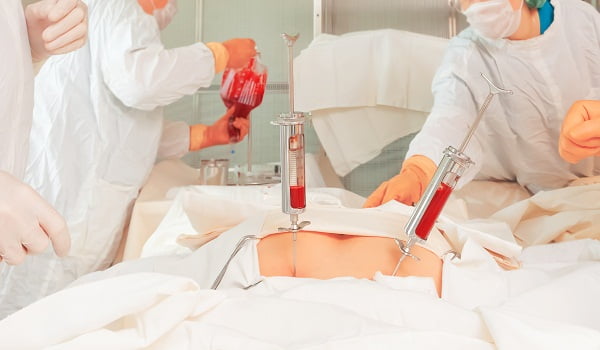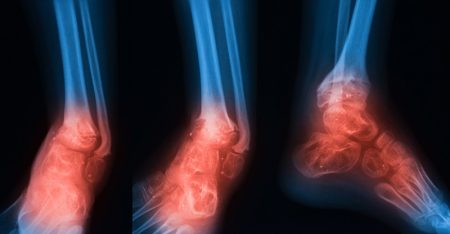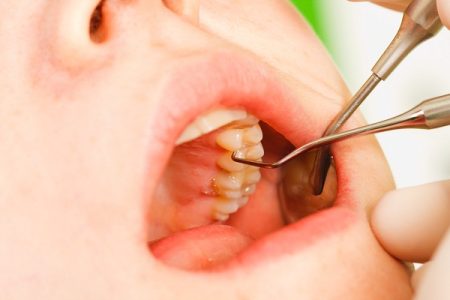
When/Why surgery is needed in osteomyelitis?
You will need surgical intervention in osteomyelitis when,
- An abscess or a ball of pus develops, the pus needs to be drained out
- The infection is compressing other important structures such as spinal cord and nerve compression in case if spinal infection
- The infection has progressed to a chronic stage and a part of the bone has been destroyed. Dead and infected bone needs to be removed to clear the infection and further progression of the infection.
- The infection is not responding to any other treatment and is persistent. In this case, amputation (surgical removal) is needed.
- There is a concomitant joint infection.
More: Osteomyelitis (Bone Infection): Symptoms, Causes, Diagnosis, Treatment
What are the various surgical procedures for osteomyelitis?
After diagnosing severity of the infection, osteomyelitis surgery may include one or more of the following procedures:
Draining
An incision and opening up the area around your infected bone will allow your surgeon to drain any pus or fluid that has built up in response to the infection.
Surgical debridement
The primary goal of this procedure is to get rid of the infected bone and tissues. Your doctor removes as much of the infected bone as possible, and takes a small margin of the healthy bone to ensure that all the infected areas have been removed.
The tissues surrounding the infected areas may also be removed if they are showing signs of infection.
More: Spinal Osteomyelitis: Causes, Symptoms, Treatment
More: How Serious Is Osteomyelitis? Can Osteomyelitis Cause Death?
Restoration of blood flow to the bone
Your surgeon will go for filling the empty space left by debridement procedure with a piece of bone or other tissue, such as skin or muscle from another part of your body.
Temporary fillers such as antibiotic spacer, antibiotic impregnated cement beads or pellets can be used until you are healthy enough to receive a bone or tissue graft. The graft helps in repairing of the damaged blood vessels in the body, and it will allow forming new bones.
Removal of foreign objects
Sometimes, the infection may come from foreign objects such as surgical plates and screws placed during any previous surgery. It should be removed to control the infection.
Stabilization of the affected bone
Surgery is also needed for the insertion of metal plates, rods or screws into the bone to stabilize the affected bone and the new graft. Occasionally external fixators are employed to stabilize the affected bone.
Amputation of the limb
Your surgeon may amputate the affected limb to stop the spreading of infection, as a last resort.






